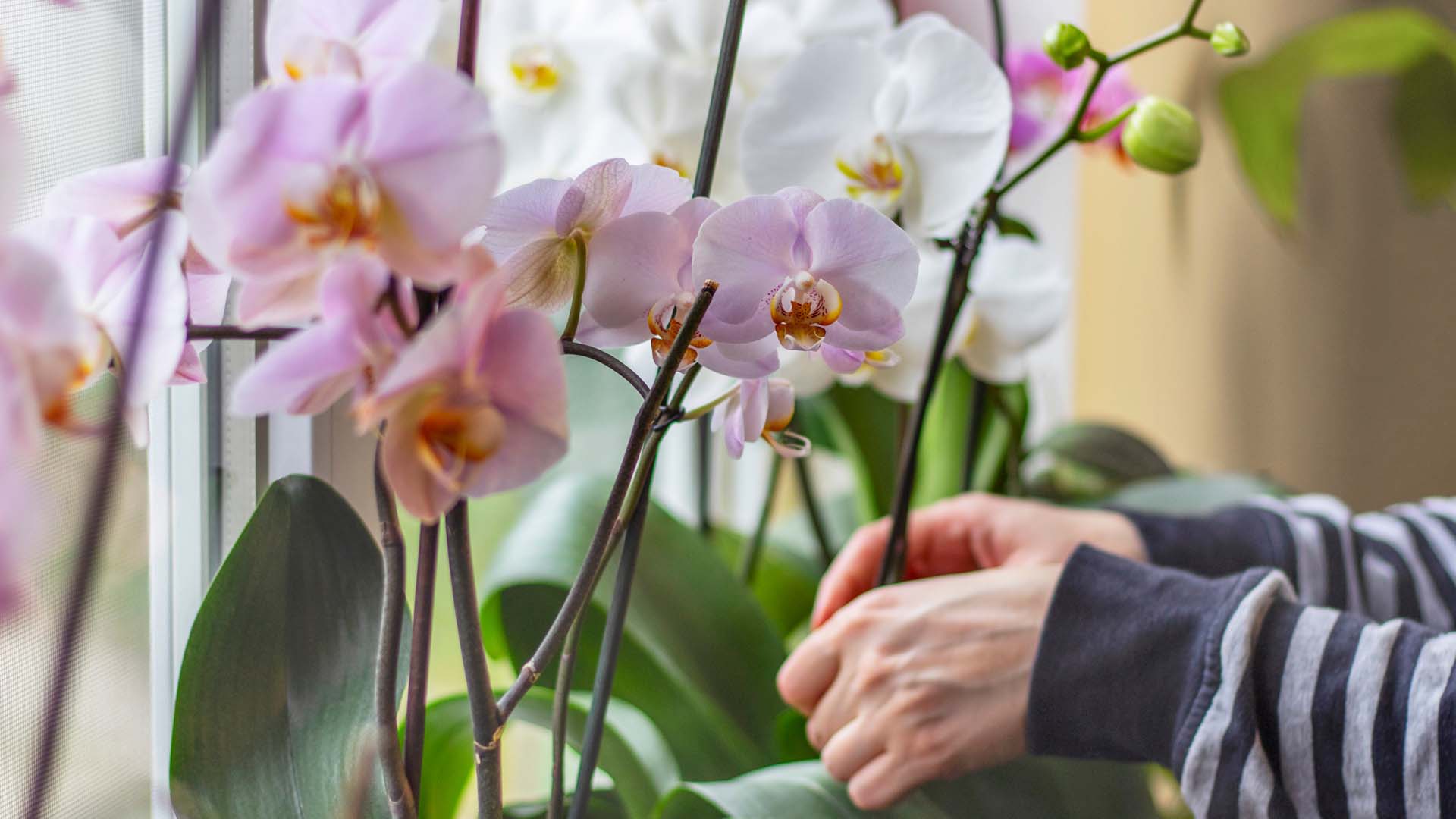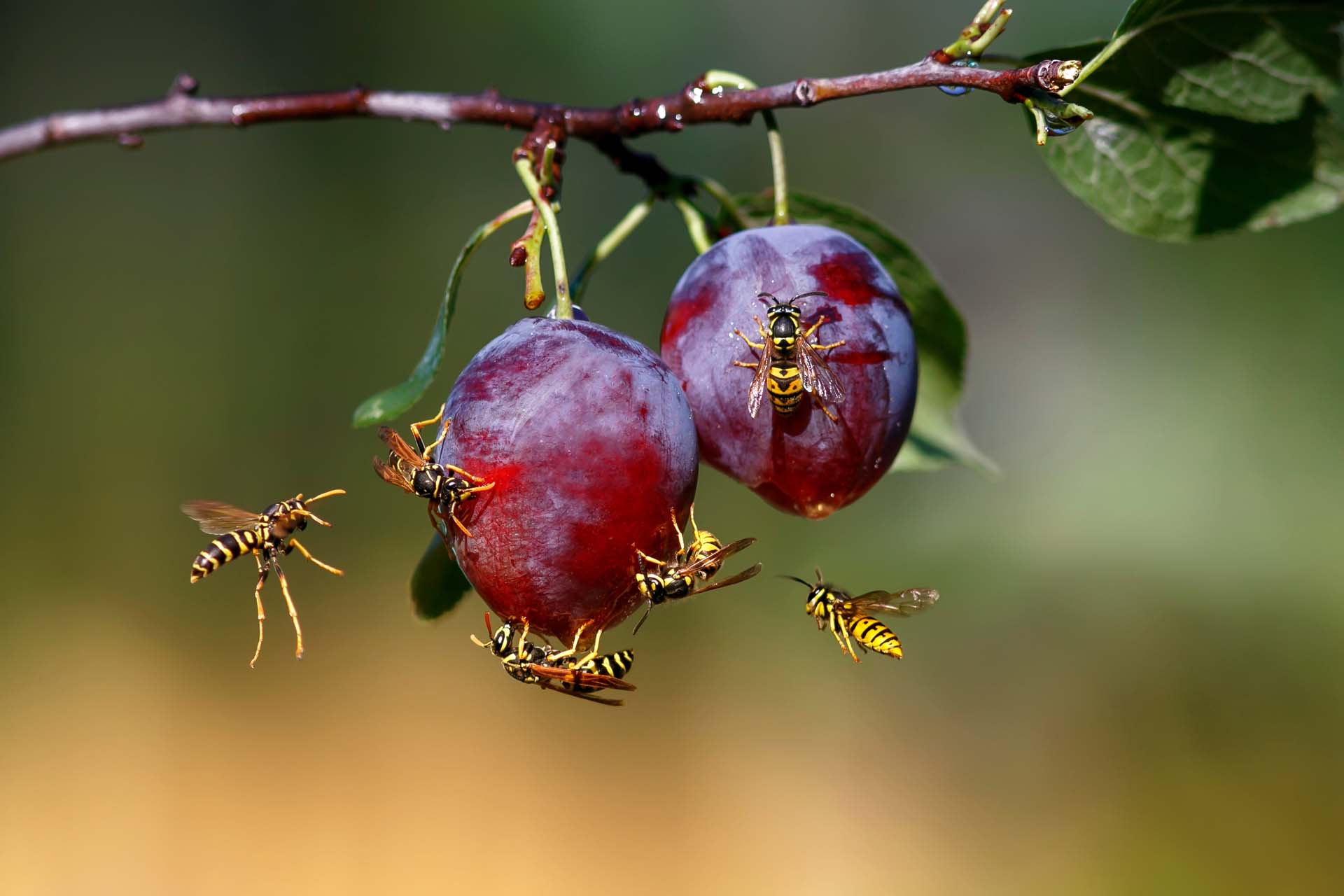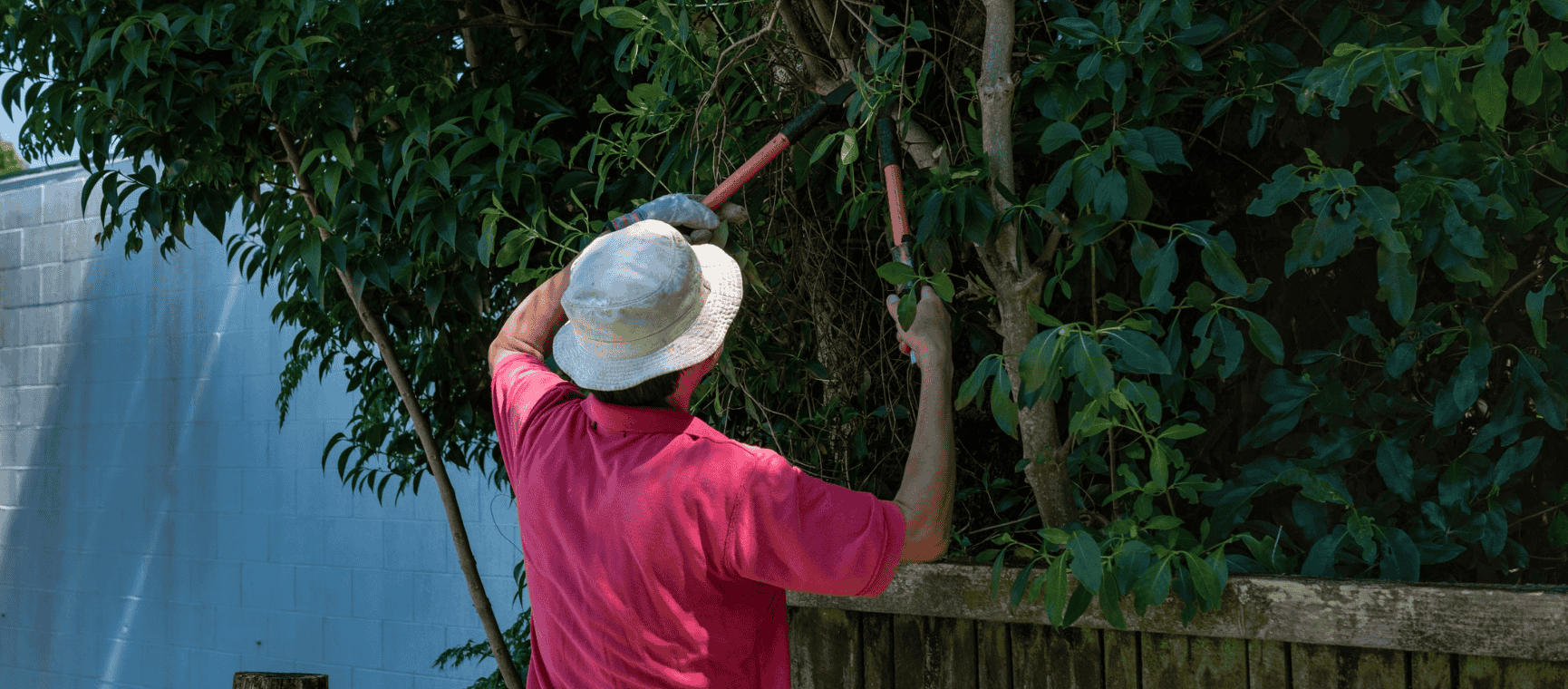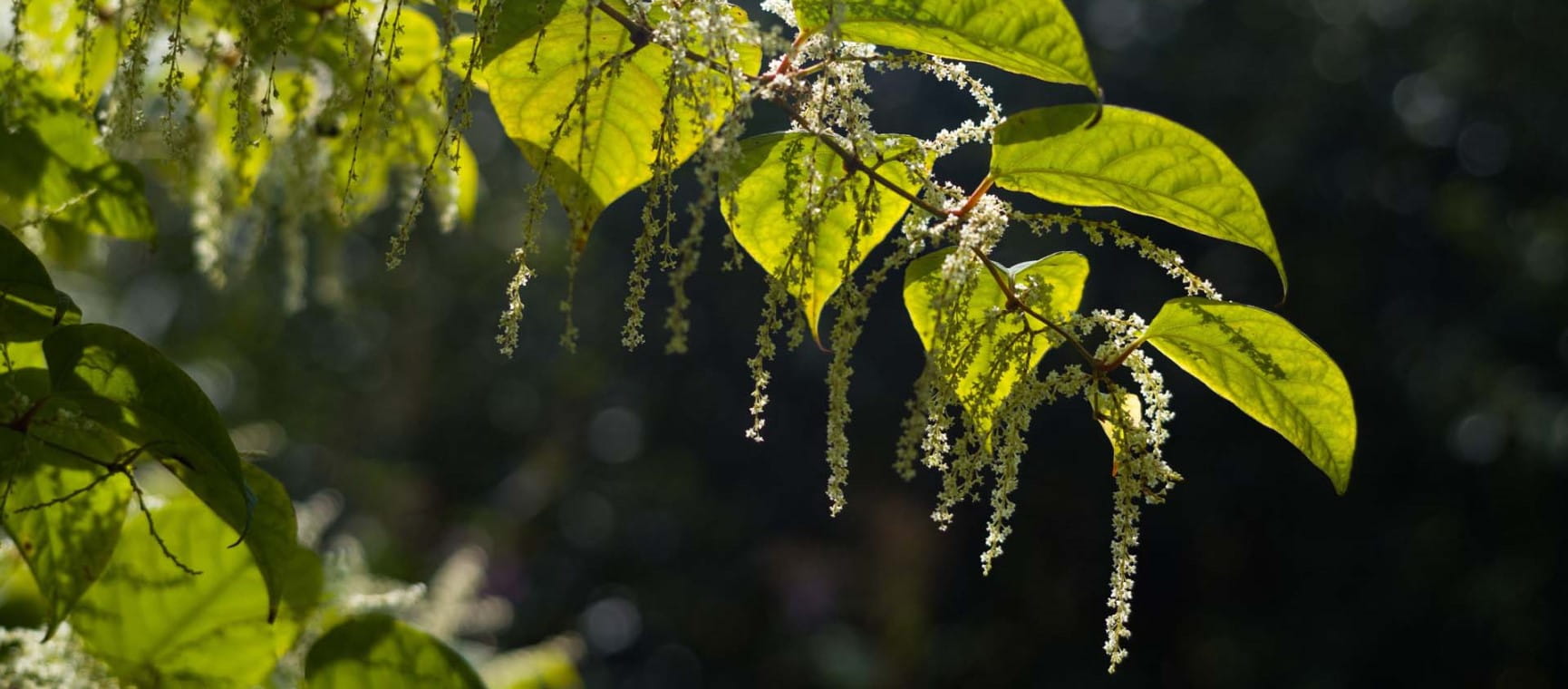
The days are getting longer and the sun is starting to have a little warmth, but heavy rain can leave the ground saturated, hard frosts can kill off tender plants and a late snowfall can ruin carefully made plans.
But whatever the weather, there are still many tasks you can tick off, whether it’s chitting potatoes, sowing seeds under cover or some last-minute pruning.
So if you are working out where to start, we’ve got some of the most important jobs to get done in the garden this month to help you get ahead.
Hardy annuals can be sown in trays indoors or under glass now, but unless you live somewhere mild, it’s a bit early for half-hardies. If your seed trays have been stored outdoors over winter or weren’t washed when you put them away, give them a good clean and brush up with hot soapy water.
Get the best results by sowing into trays using a finer seed-sowing compost, keep in bright but not direct light, and avoid temperature fluctuations. Once germinated, seedlings need to keep growing apace, so pot on regularly to encourage well-rooted, sturdy plants.
It’s also your last chance to plant out summer flowering-bulbs like lilies, as well as any forced bulbs you might have had indoors over winter, such as daffodils and hyacinths.
Hardy annuals to plant under cover now include sweet peas, and pollinator-attracting calendula, cornflowers, ammi, cerinthe, Californian poppies and nigella.
From mid-month, sow tender annuals in a frost-free greenhouse, with rudbeckia cosmos, sunflowers, tithonia, nasturtium and cleome all easy options.

Hardy crops can be planted out in March, although those in the very north of the UK should wait until the end of the month or even early April, depending on the weather.
Hardy vegetables include broad beans, peas, spinach, garlic, onions, radish, Swiss chard and beetroot.
Sow in short rows at weekly intervals to ensure a steady crop over summer and autumn.
Gardening expert Lucy Hall says: "Old hands at veg growing dub March to May ‘the hungry gap’ as winter crops are mostly over and summer ones are yet to produce.
"Beat the gap with fast-growing salad leaves, spinach and hardy baby veg – try small beetroot, radish and finger-sized carrots – sown into tubs, sheltered in your greenhouse or sunny porch, with a fleece handy to throw over should overnights dip below 5ºC.
"Peas can be sown into pots or the ground, for pea shoots in weeks and pods by May."
Gardening writer, Val Bourne, says: “It is traditional to plant on Good Friday but this is a superstitious idea rather than a practical one.
“Potatoes are frost tender and mid-April is usually safer than March – unless you fleece the crop or cover the tops with soil – this is called earthing up.”
However, you can get ahead with early varieties by kick-starting the tubers into growth by placing on a sunny window ledge for a week or so, to encourage sprouts to form ahead of planting – known as ‘chitting’.
Large egg trays left somewhere bright are perfect for this.
Bourne says: “Potatoes were introduced into Europe in the mid-sixteenth century by Spanish conquistadors who found them in the high Andes. Hence they were not mentioned in the Bible (for obvious reasons) and many people thought they were the devil’s food.
“In Ireland they were planted on Good Friday on land blessed with Holy Water.”

What you mulch with will depend both on what you have to hand and on what condition your soil is in.
Hard clay soils can be opened up by digging in or mulching with composted bark or well-rotted manure or grit.
Avoiding walking on the soil which only compacts it even more – instead use a board to spread your weight.
Sandy soils also benefit from annual applications of well-rotted manure, compost and other organic matter.
Planning your vegetable patch for the year ahead ensures better use of space and bigger, healthier harvests.
The basic principles are to avoid growing the same crop in the same ground two years in a row and follow ‘hungry’ plants that need a lot of enriched soil (such as cabbages or beans) with lighter-touch produce such as salads, leaves and root crops.
Pile 5–8cm of homemade compost, rotted manure or bagged soil improvers onto beds where you’ll grow brassicas, peas and beans and leave for a week or two to settle before sowing direct – starting with cold-hardy broad beans.

Deadheading and pruning are important to encourage more flowering now and into the summer – and a good set of secateurs is vital.

Boost your permanent pot displays of trees or shrubs, without disturbing the plants, by refreshing the top few inches of compost – known as top-dressing.
Simply scrape away the top 10cm and discard onto your compost heap and replace with fresh compost into which you’ve mixed a general fertiliser such as Fish, Blood & Bone.
Any shrub or rose compost will suit but peat-free John Innes No 3 is ideal. Top with horticultural grit to keep weeds at bay.
If you haven’t already done so give roses their first feed of the year. Use a tailored rose feed as they need the correct mix of nutrients.
And don’t think you’ll be doing them a favour by over feeding. You’ll end up with too much sappy soft growth that makes them less able to withstand pests.
Feed again in April/May and, if you want, they can have a final feed in July but no later or that soft wood will make them vulnerable to winter cold.
Amphibians are on the move this month, as frogs, toads and newts prepare to mate.
Hall says: "To avoid disturbance once they return to the water for spawning, remove dead and dying material from pond margins now, and floating plant debris or duckweed.
"This helps to avoid a green bloom of algae, which is fuelled by decomposing leaves once the water warms up. After scooping out the detritus, leave it for 24 hours at the pond side so any resident creatures can return to the water, before composting it."
Try adding a ball of barley straw as a natural algae deterrent (RRP: £12.50 Wiggly Wigglers).
Garden birds are in full song as they scout out homes and partners for the breeding season. This is energy-sapping, so keep putting out high-nutrient feeds all the way to summer.
Hall says: "Best for energy are peanuts, sunflower hearts and fat balls studded with mealworms, served in hanging feeders to keep food clean and away from rodents.
"Give feeders a weekly clean as you refill, using a pet-safe cleaning spray and scrubbing brush, because infection from contaminated feeders spreads rapidly and is the cause of many deaths among finches.
"Daily fresh water helps birds preen their feathers, as well as offering them a drink."
And be careful not to make these six bird feeding mistakes.
Phillipa Cherryson is senior digital editor for Saga Magazine. Phillipa has been a journalist for 30 years, writing for national newspapers, magazines and reporting onscreen for ITV. In her spare time she loves the outdoors and is an Ordnance Survey Champion and trainee mountain leader.
View author page
Our expert pruning and watering hacks include a top tip to keep them flowering from Alan Titchmarsh.

Don’t make these bird-feeding mistakes. Expert advice on how to feed birds in your garden safely.

Blighted by buzzing? How to keep wasps out of your garden without harming them so you can enjoy the summer.

The ways you could be breaking the law in your back garden - with expert advice on how to avoid neighbour disputes, a fine or even a prosecution.


Everything you need to know about Japanese knotweed, the fast-growing plant nobody wants in their garden.